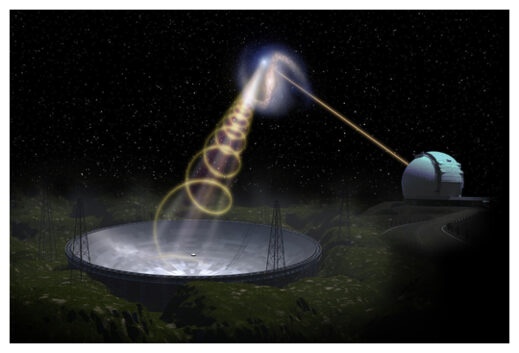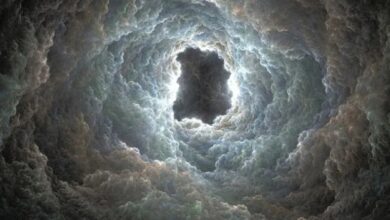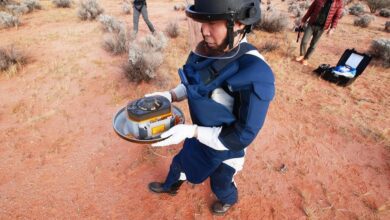
Astronomers have discovered new and mysterious features of the mysterious fast radio bursts
(ORDO NEWS) — A new study by an international team of scientists reveals the evolving, magnetized environment and surprising location of the source of fast radio bursts in deep space - observations that defy modern understanding.
Fast radio bursts (FRBs) are millisecond-long cosmic explosions, each of which releases energy equivalent to a year of solar output.
More than 15 years after electromagnetic radio wave pulses were first detected in deep space, their mysterious nature continues to amaze scientists, and recently published research deepens the mystery surrounding them.
In the September 21 issue of Nature, unexpected new observations of a series of cosmic radio bursts by an international team of scientists, including astrophysicist Bing Zhang of the University of Southern California, challenge the prevailing understanding of the physical nature and central engine of FRBs.
Space FRB observations were made in late spring 2021 with the 500m Aperture Massive Spherical Radio Telescope (FAST) in China.
A team led by Heng Xu, Kejia Li, Subo Dong of Peking University and Weiwei Zhu of China’s National Astronomical Observatories along with Zhang detected 1,863 bursts in 82 hours over 54 days from an active source of fast radio bursts called FRB 20201124A.
“This is the largest sample of FRB data with polarization information from a single source,” Li says.
Recent observations of a fast radio burst from our Milky Way galaxy suggest it originated from a magnetar, which is a city-sized dense neutron star with an incredibly powerful magnetic field.
On the other hand, the origin of very distant cosmological fast radio bursts remains unknown. And the latest sightings are leading scientists to question what they thought they knew about them.
“These observations take us back to the very beginning,” said Zhang, who is also the founding director of the Nevada Center for Astrophysics at UNLV. It is clear that FRBs are more mysterious than we imagined. “To further unravel the nature of these objects, more multi-wavelength observational experiments are needed.”
What makes the latest observations surprising to scientists is the irregular, short-term variations in the so-called “Faraday rotation measure,” essentially the strength of the magnetic field and particle density near the FRB source.
The variations waxed and waned during the first 36 days of observations and abruptly stopped in the last 18 days before the source faded.
“I equate it to filming the surroundings of the FRB source, and our film showed a complex, dynamic, magnetized environment that was previously unimaginable,” Zhang said. “Such an environment is not directly expected for an isolated magnetar. There may be something else near the FRB source, perhaps a binary companion,” Zhang added.
The team also used the 10-meter Keck telescopes located on Mauna Kea in Hawaii to observe the FRB host galaxy.
Zhang says young magnetars are thought to be in active star-forming regions of star-forming galaxies, but optical imaging of the host galaxy unexpectedly showed it to be a metal-rich Barrayaran spiral galaxy like our own Milky Way. The location of the FRB is in an area where there is no significant star-forming activity.
“This arrangement is inconsistent with a young magnetar central thruster formed during an extreme explosion such as a long gamma-ray burst or superluminous supernova, the widely assumed progenitors of active FRB sources,” Dong said.
—
Online:
Contact us: [email protected]
Our Standards, Terms of Use: Standard Terms And Conditions.









